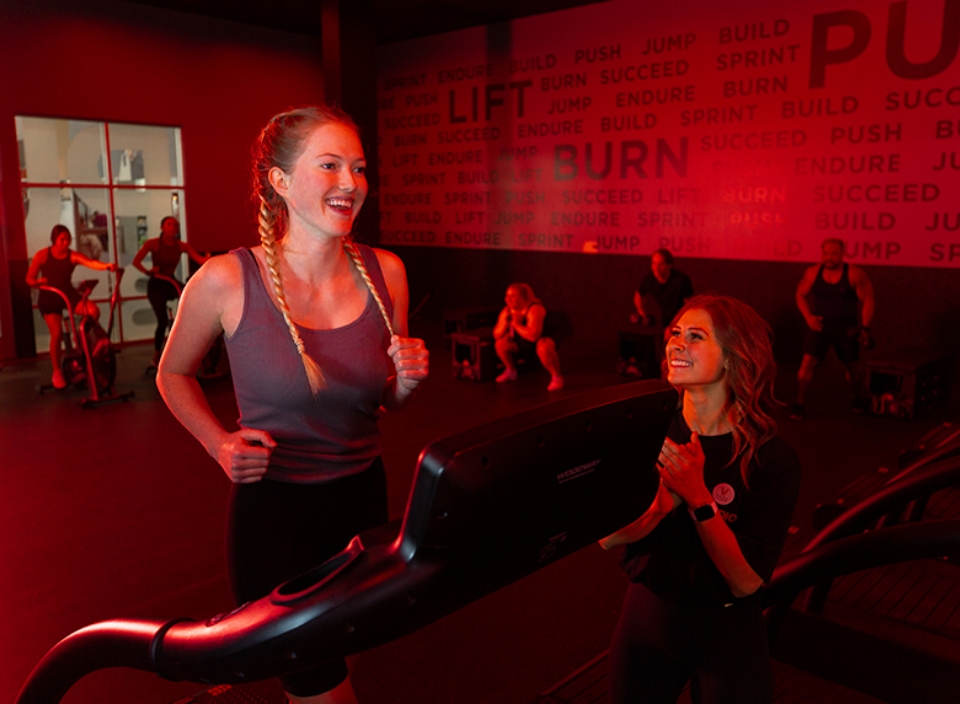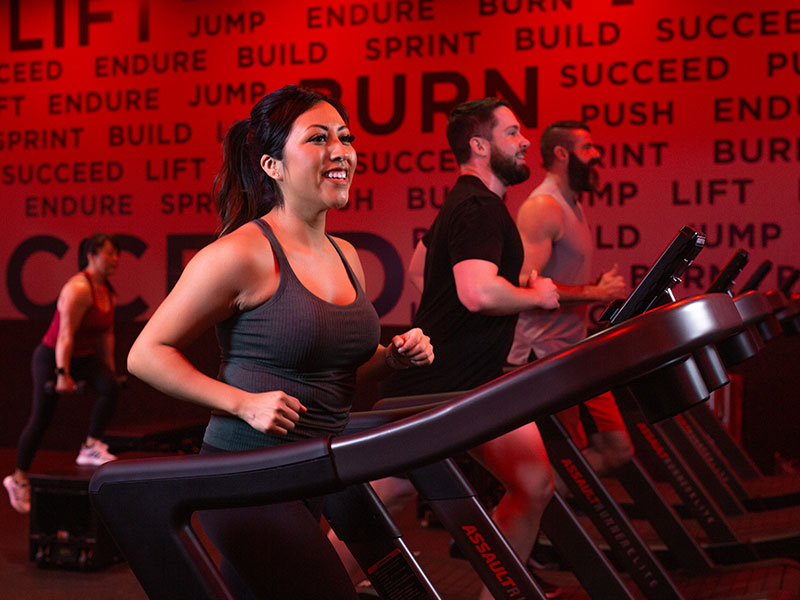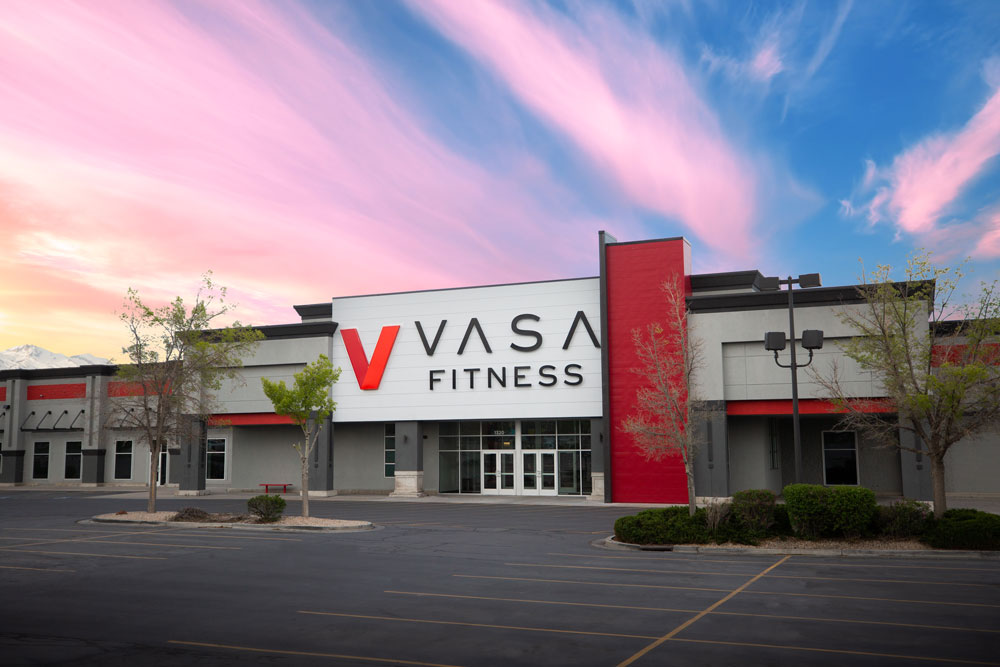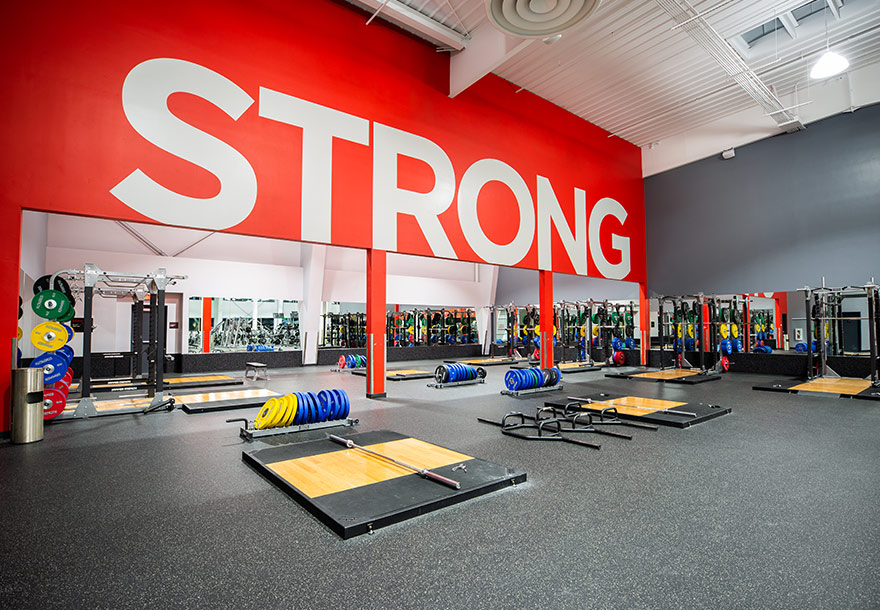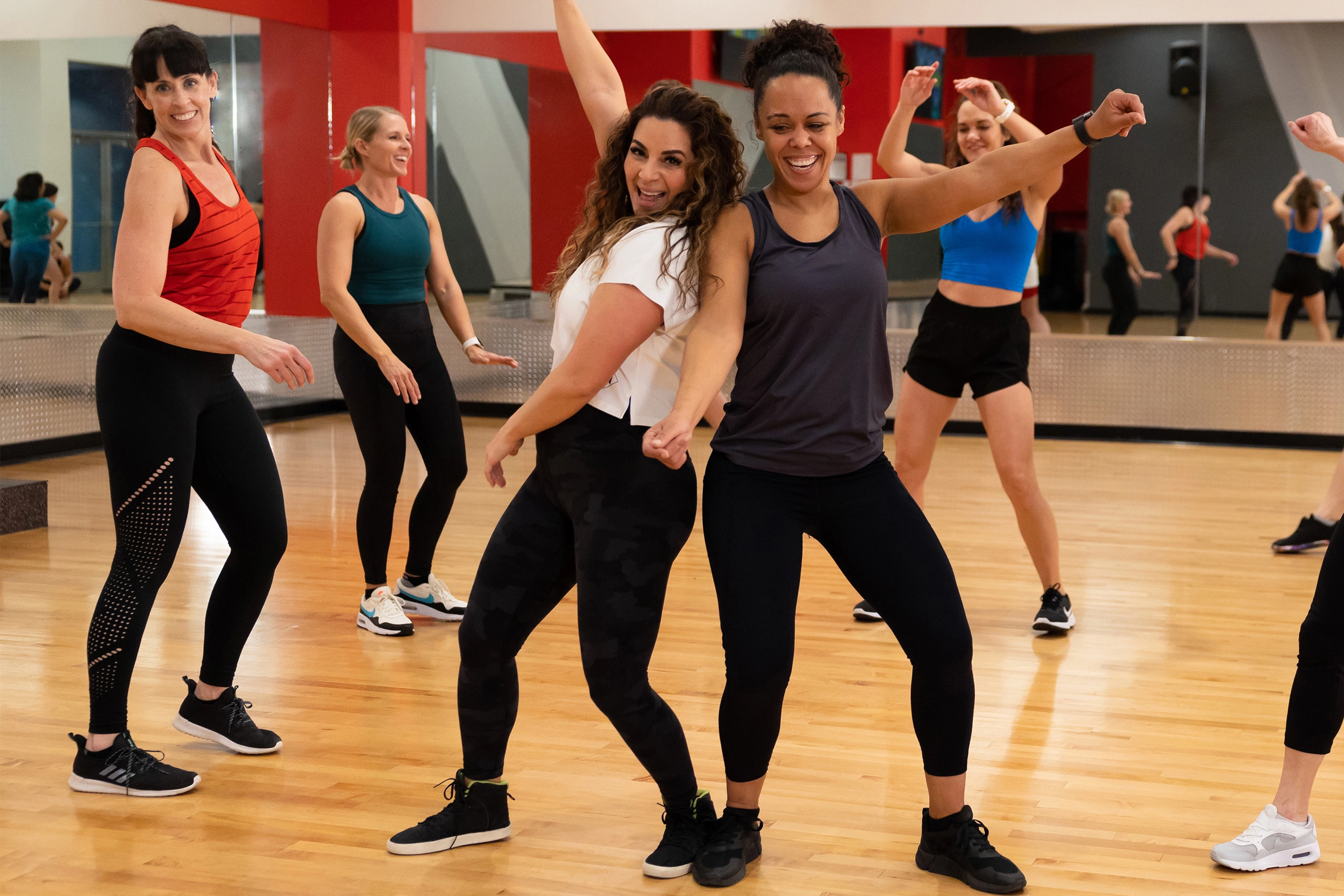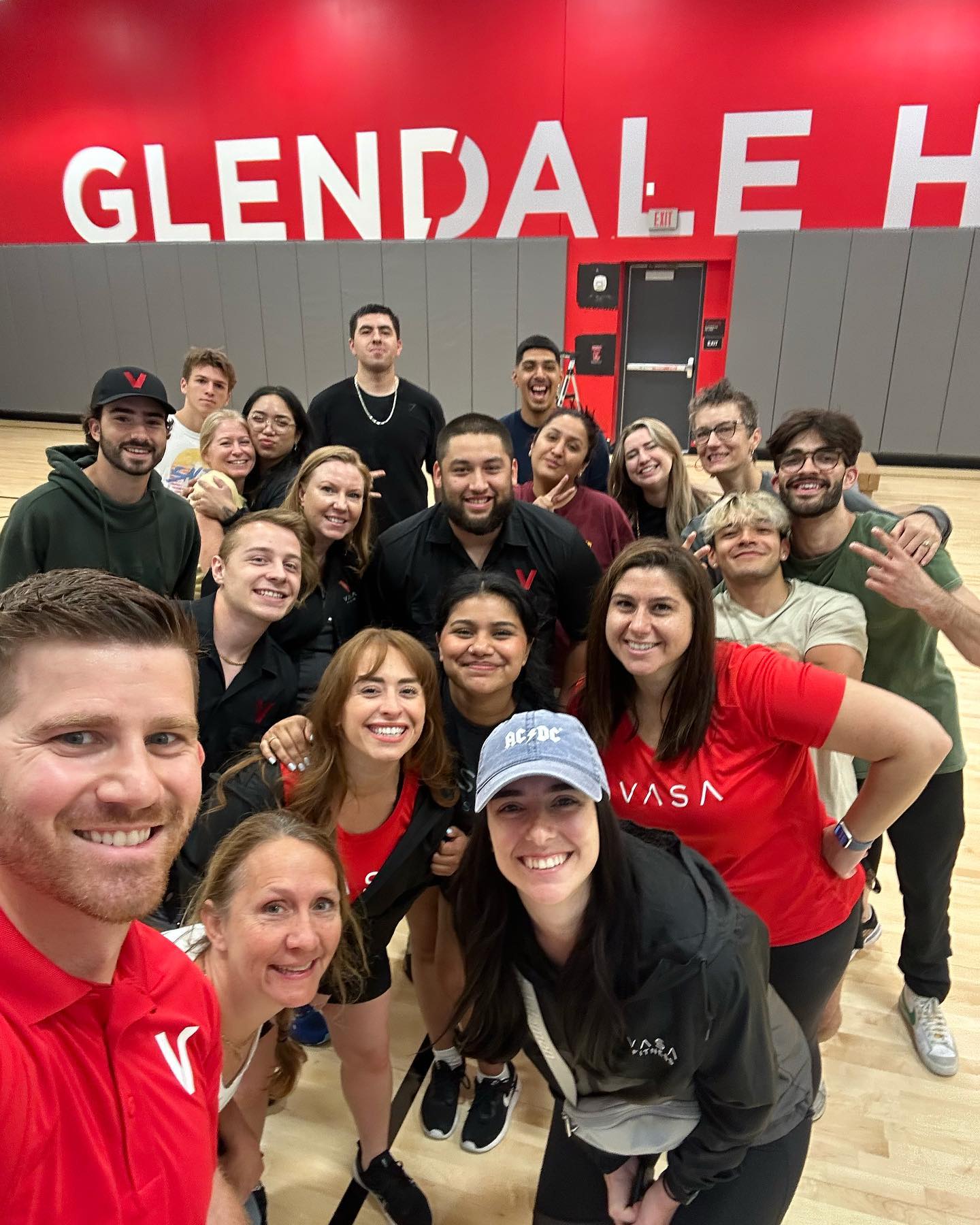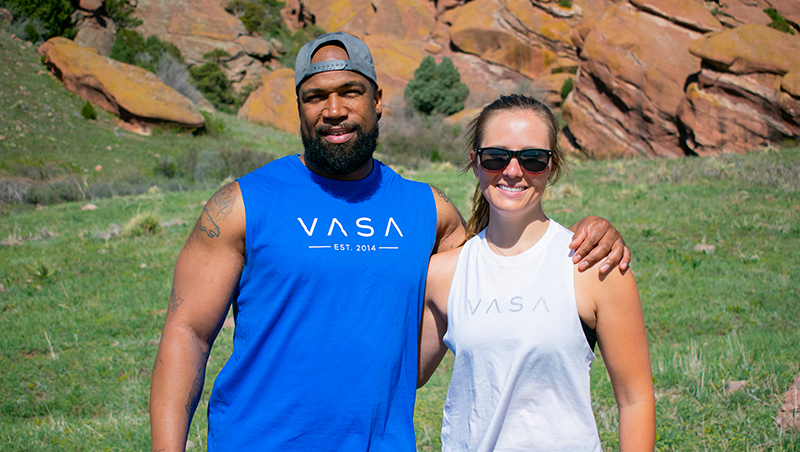Training for Strength vs. Toning
The two major goals that many gym-goers train for with resistance training are strength and muscle tone. Resistance training is the ultimate way to get both. Whether it’s with free weights, pin-selector weight machines, or plate loaded machines, any load that challenges existing strength will result in more gains.
Jacked, defined, built, shredded and toned are all different ways people refer to the long, lean, muscular look that is associated with extremely low levels of body fat and allow the muscles to show under the skin. In other words, there are many ways to express the same goal many gym-goers have. One would need to build muscle to have muscle to show off, so we will refer to the type of training to get “toned” as muscle-building or hypertrophy training.
Contrary to the old gym myth, women do not get bulky from lifting heavy weights alone. While you may train for one of the goals listed previously, the benefits of resistance training will improve many other areas of your life as well. Training with resistance has benefits such as improved mood, self-satisfaction, improved flexibility, decreased risk of falls and injury, improved bone density, and a decreased resting heart rate and blood pressure.
Let’s dive deeper into what training to be toned and strong requires:
Training for Strength
When training to get brutally strong, there are a few key concepts to keep in mind. The heavier you train, the more recovery time you will need between sets of the same exercise and the more recovery days you’ll need between working the same body part. Heavier loads tax the central nervous system just as much, if not more than, the skeletomuscular system (muscles and bone joints), so it will take longer for all systems to recover so you can lift heavier in future training sessions.
A good rule of thumb is to rest 48-72 hours between sessions where you push to near failure on each set. For example, if you train legs on Monday, you will not want to train legs again until Wednesday or Thursday. On Tuesday or Wednesday, you can train the upper body since those muscle groups were not used to generate movement stress during Monday’s leg day.
Training volume (the total number of reps completed) should be low for the main compound movements that help you get stronger. Training in the range of 18-24 total reps across 4-6 sets with loads greater than 70% of your one rep maximum load with 3-4 minutes between each set is a good guideline to help you significantly increase your strength.
Training for Tone & Hypertrophy
Measuring how lean you are is subjective, and creating visible muscles can take a little more work inside and outside of the gym. Building muscle is a more complex process that includes three keys for success: mechanical stress, metabolic stress, and muscle damage.
Mechanical stress is how much weight you can load on the muscles. The key to achieving mechanical stress is to train within one or two reps of failure on each set of each lift. Loading too light of weight will not challenge the muscles enough to create strength adaptation.
Metabolic stress is the swollen muscle sensation you feel and sometimes see after completing a high number of reps (and are still pushing to 1-2 reps shy of failure).
Muscle damage is caused by the eccentric, or lowering, portion of an exercise which causes your muscle to lengthened. Tiny tears are made in the muscle tissue and can be linked to slight soreness after a hard session. (Remember you should be able to function outside of the gym after lifting, so extreme soreness should be avoided and means you pushed too hard.) Protein is required to repair the muscle so it becomes bigger and stronger.
Add these three components together and you have a great recipe to build and define your muscles. The general recommendation for hypertrophy is to stay in the 8-15 rep range for 3-6 sets with 2-4 minutes of rest between sets. The more often you can train a muscle group, the more total volume you will be able to get in each week and the better growth you will see. But make sure to plan for longer rest periods between sets since shorter rest periods do not allow enough time for the muscles to recover when completing multiple high-effort sets.
Sample Workout: Training for Strength
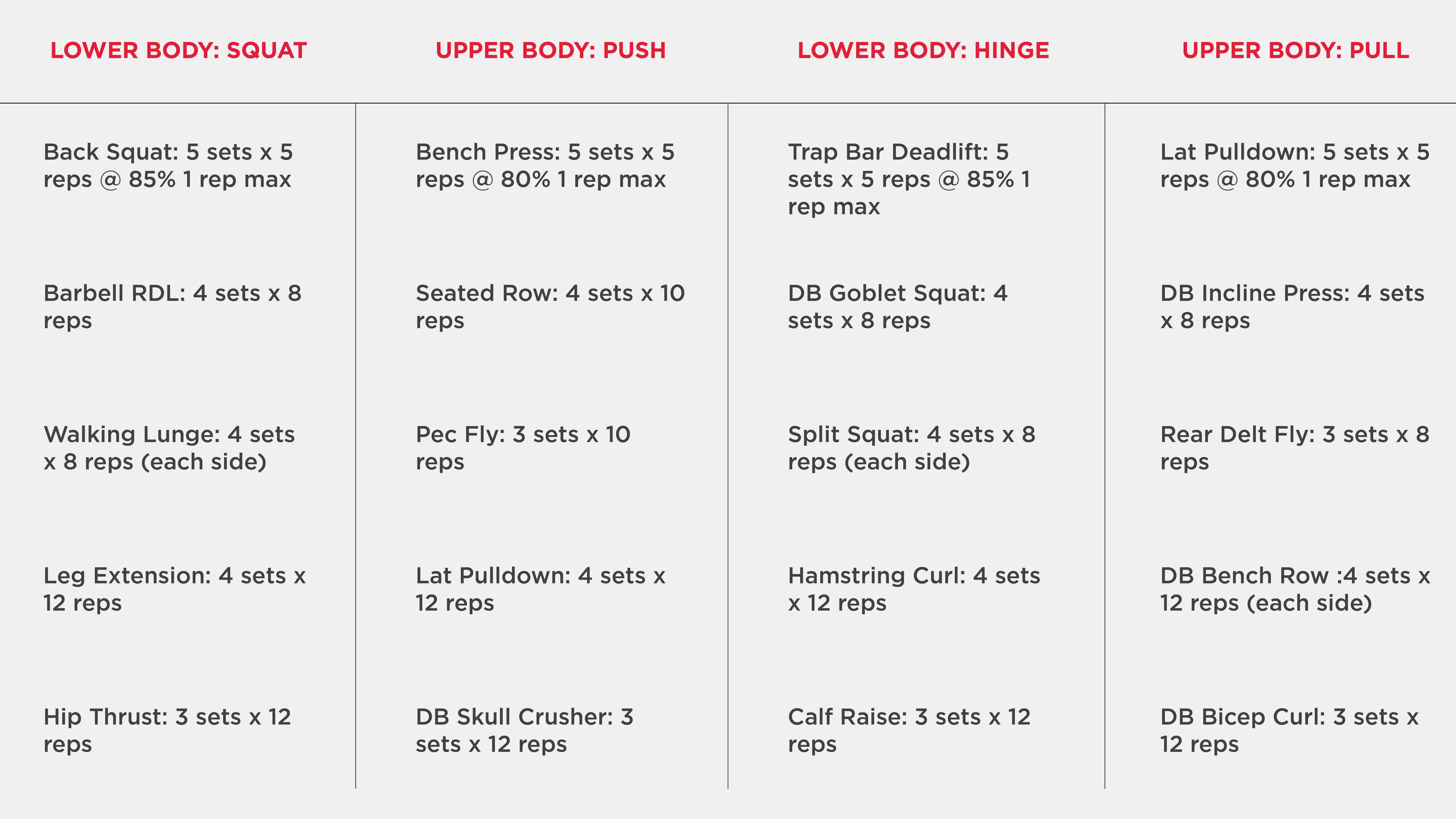
Sample Workout: Training for Tone & Hypertrophy
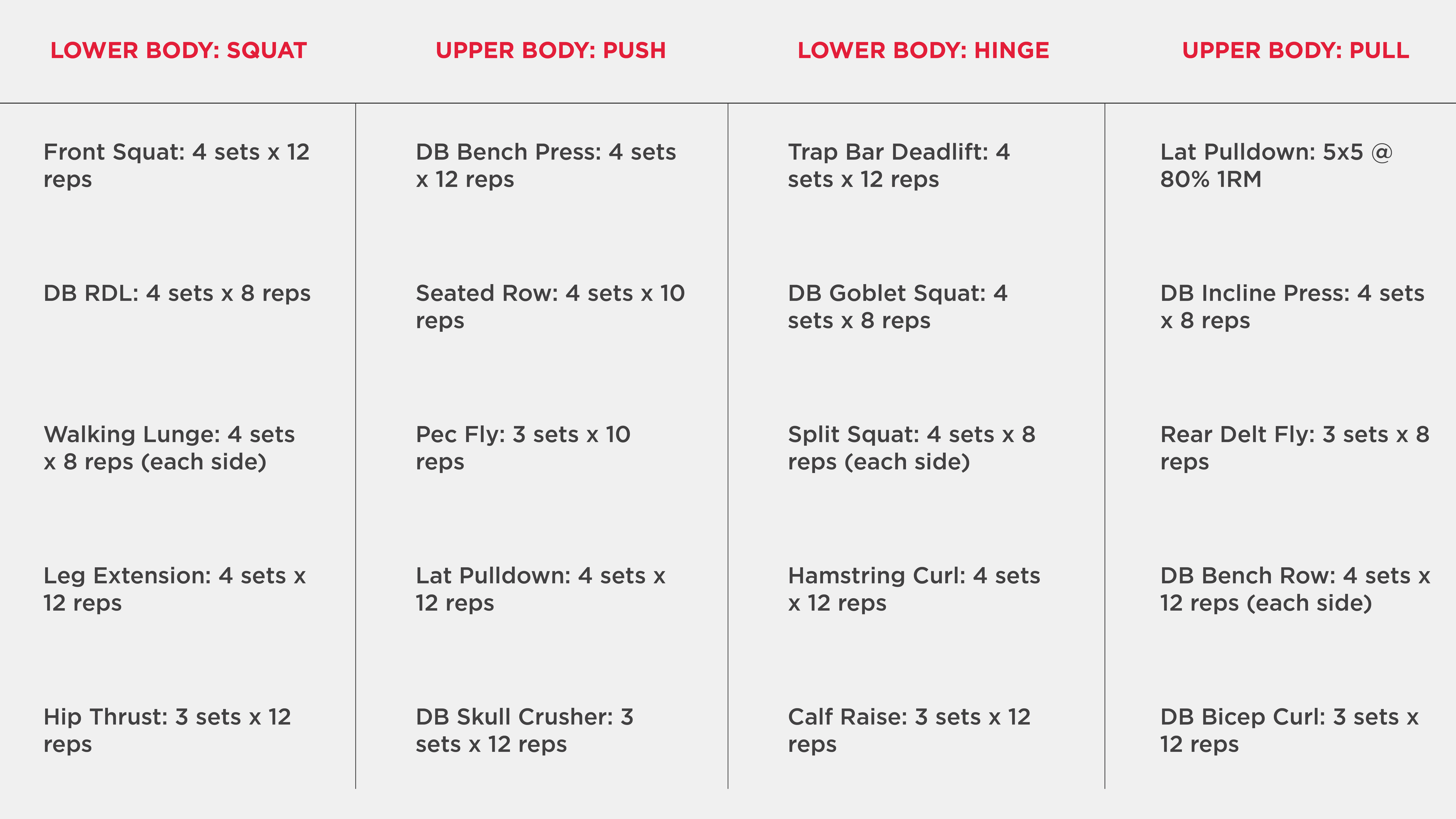
Whether you’re training for tone or strength, make sure you know how to approach your workouts at the gym. A healthy diet consisting of whole fruits, colorful vegetables, and lean protein paired with active recovery will set a strong foundation so you stay healthy and strong for months and years to come.
Curious to learn more about proper training techniques and how to achieve your goals? Schedule a free 60-minute Personal Training Consultation to get a full body assessment and personalized recommendations so you can reach your goals.
RECOMMENDED
SUBSCRIBE TO OUR BLOG
Enter your email to start receiving our blog emails!
